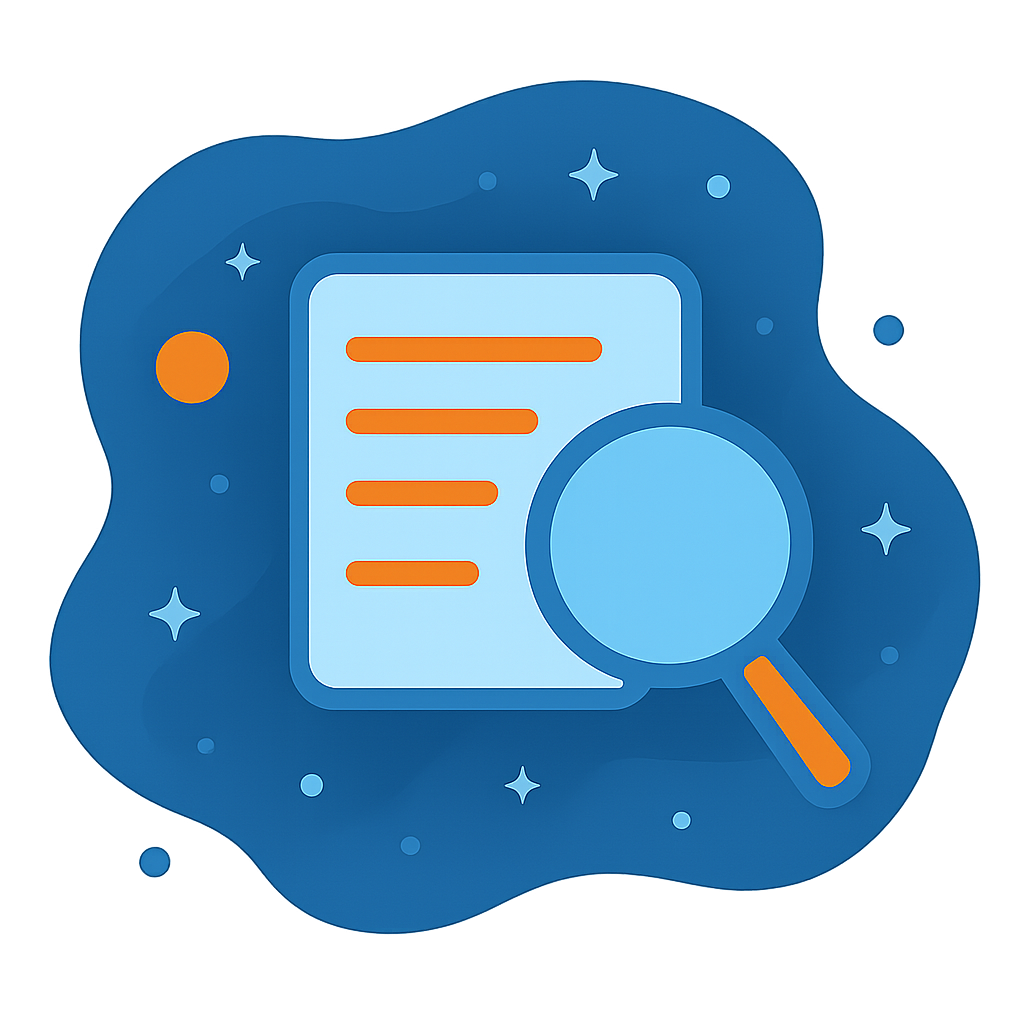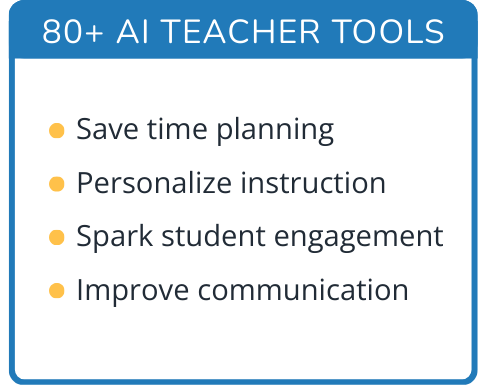Hi, what do you want to do?
CK-12 Foundation
Galvanometer
In 1820, Hans Christian Orstead discovered the link between electricity and magnetism, which allows us to measure current and voltage. The simulation allows scholars to observe the inner workings of an ammeter and voltmeter as they...
WindWise Education
How Does a Generator Work?
I get a charge out of this. In order to learn how a generator works, groups build and test one in this ninth lesson of the series. The generators are tested at low speed and high speed to determine the watt output and whether they have...
NASA
Eclipse Activity Guide
Ever made solar s'mores? Or recreated the solar system using peanuts? Astronomers young and old investigate all things solar using a variety of activities. Explore how the sun works, types of light it emits, and methods of charting the...
University of Florida
Phonological Awareness: A Sound Beginning
Choose from a variety of phonological activities to complement a reading lesson. The guide goes through the basic components of good phonics instruction focusing on sound types, levels of phonological awareness, assessment methods,...
NSW Department Mineral Resources
Aboriginal Use of Raw Materials
What's the difference between base metals and precious metals? Experimenting with natural metals is an interesting way for kids to learn about the world around them. Use a resource that contains over 30 pages of worksheets and...
Curated OER
Magnetism
In this magnetism learning exercise, students review concepts relating to magnetic fields, transformers, galvanometers, and electric motors. This learning exercise has 9 fill in the blank and 11 short answer questions.
Curated OER
What is Magnetism?
In this magnetism worksheet, students review what magnetism is by matching 5 words to their definitions. Then students use a diagram showing the pattern of iron fillings around magnets to complete 4 short answer questions.
Curated OER
Magnetic Discovery Bottle
Students examine how to conduct simple investigations and use simple equipment to gather data. In this magnet instructional activity students decide what types of objects are attracted to magnets.
Curated OER
Science – Magnets
In this magnetism worksheet, students respond to 11 true or false questions pertaining to magnets. Students also list 2 materials that are magnetic and 2 materials that are not magnetic.
Curated OER
Magnetic Experiment
Third graders experiment with magnets. In this magnet experiment instructional activity, 3rd graders explore magnetic attraction and repulsion. Students rotate through four stations and investigate the properties of magnets.
Curated OER
MAGNETS
Students identify magnetism and describe its meaning. Students discuss different types of magnets and list various ways magnets can be used. Students record observations of each magnet, like and different, and whether one has a larger...
Curated OER
Magnets
In this online interactive magnets worksheet, students respond to 11 multiple choice questions regarding the information included in the provided paragraphs.
Curated OER
Through Which Materials Do Magnets Work?
In this magnets worksheet, students will experiment to see what materials attract or repel from magnets. Students will fill in the blank of 3 statements.
Curated OER
Is It Magnetic? Recording Sheet
In this science activity, students test objects to see if they are magnetic. They record the results in a table by naming the object, telling what it is made of, predicting if it will be magnetic, and recording if it is magnetic.
Curated OER
Magnets, Electromagnets and Field of Forces
Students investigate magnetic forces. In this electromagnetic lesson, students explore magnetic forces, magnetic fields, and the movement of current through a variety of activities.
Curated OER
Magnets
Learners explore the concept of magnetism. In this magnetism instructional activity, students use bar magnets to conduct experiments regarding magnetism. Learners also use a magnetic compasses to examine magnetic poles.
Curated OER
Magnetism
Students explore physical science by participating in a class science activity. In this magnet attribute lesson, students define a list of scientific vocabulary terms associated with magnets and participate in hands on magnet activities....
Curated OER
Magnets
In this magnets worksheet, learners draw pictures of different magnets that are described on each page. Students complete 9 pictures.
Curated OER
Magnet Unit
Students examine magnets; what they are made of, how they work and where they come from.
Curated OER
Making a Magnet / Compass
Fifth graders explore the components of a compass and how it is utilized to determine geographical directions. The magnetic field of Earth and the magnet used to magnetize the needle used in the experiment are compared and contrasted in...
Curated OER
Let's Think About... Magnets and Gravity
Students watch an episode of the PBS show "Jay Jay the Jet Plane," and explore magnets and gravity. They conduct various experiments involving magnets and sand, bean bags, and a fishing pole with magnets.
Curated OER
5E Magnets
Fourth graders, when working with magnets, make a prediction about what will happen if you put two ring magnets on an upright pencil, with 100% accuracy. They also experiment with magnets on poles to see which one pushes the other one away.
Curated OER
Magnets-The Quicker Picker Upper
Second graders research the design of and purpose of magnets. They investigate a group of objects to discover which things are attracted to magnets. Observe the effect that lodestone has on iron fillings. Summarize observations.
Curated OER
Motions and Forces
Sixth graders investigate the construction of a magnet and the force it produces. They identify various materials as magnetic or non-magnetic, discuss the properties of magnetic properties, and conduct an experiment with a compass and...




























